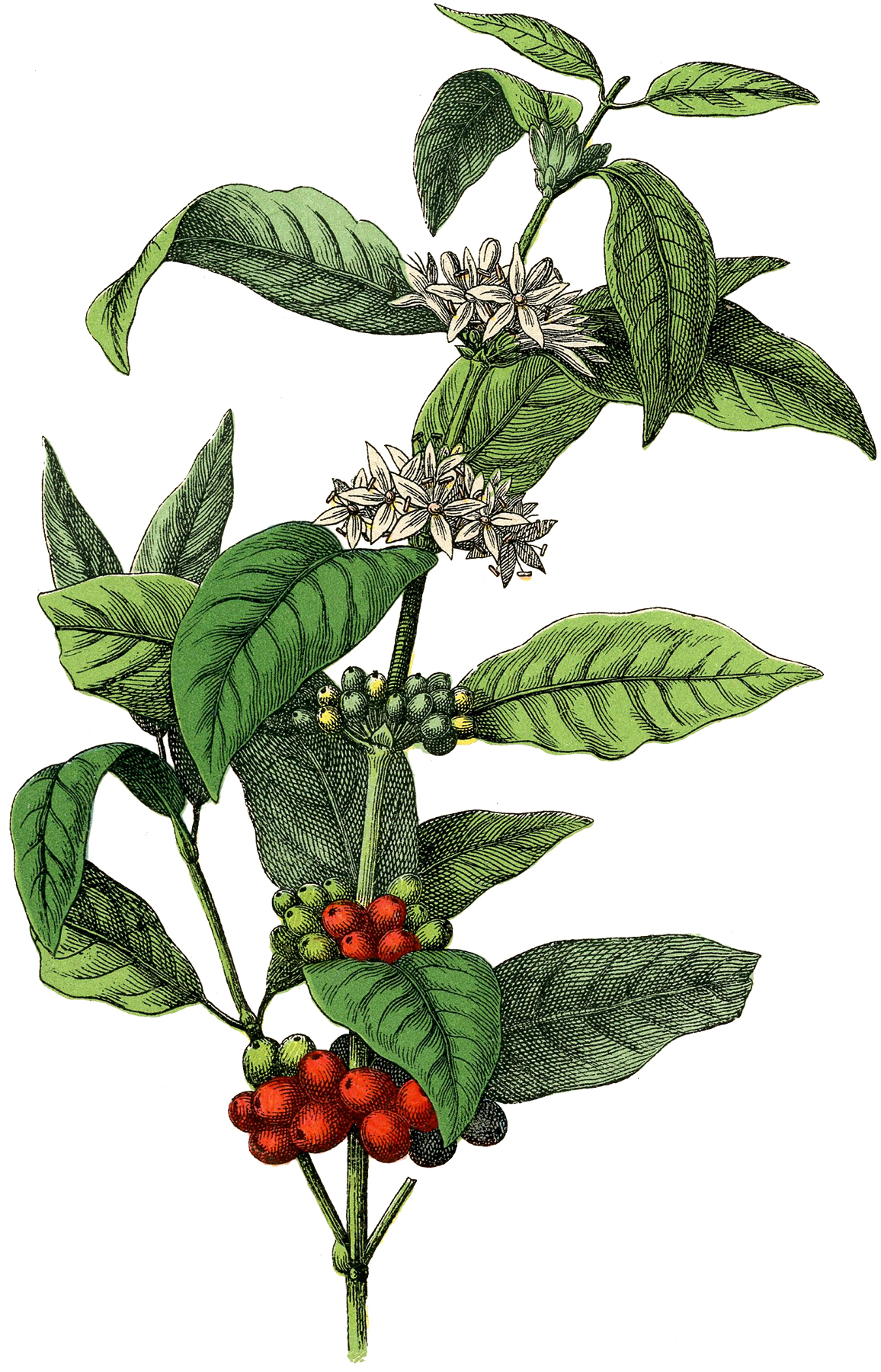c Professionally well prepared botanical illustrations ought to be applied where standardized pictures are not feasible, or are impractical for specialized motives. Drawings are generally much better at symbolizing a typical illustration than are images, which should, of requirement, represent the point out in a particular plant.
d In electronic guides it need to usually be possible to enlarge the images so that facts can be effortlessly viewed. They are very rarely required on every single illustration and, when utilised indiscriminately, can distract the user’s focus from the salient functions.
- Complete Main
- What type of basic product does the vegetation already have?
- See The Environment
- Tips for Boosting Your Shrub Recognition
- Id Application Pack
a When used to stand for the length of an organism or portion, scale bars must characterize the range of lengths that a consumer is probable to come upon (Garrison 2010). b When made use of in plates, the measurement of the scale bar need to be altered so that the represented size continues to be invariant amid the established of photos. c Scale bars need to commonly be integrated in visual guides to microscopic features that differ in dimension (pollen, and so forth. ).
In these circumstances, bars with graduated scales generally supply the most valuable details (Vasanthy et al . Constraints on graphic use in early field gu >Early subject guides and identification keys contained couple of, if any, pictures. Scharf (2009) reviewed the use of photographs in these guides and concluded that this lack was not since early authors did not acknowledge the importance of picture use, but was instead owing to publishing constraints (Scharf 2009). Throughout the 18th and nineteenth centuries the expenditures of printing prevented the lavish use http://www.plantidentification.biz/ of illustrations.

Two forms of printing were being available throughout this time, copperplate engravings and woodcut illustrations. Prints built from copperplate engravings ended up of better excellent and much more detailed than these printed from woodcuts. Nevertheless, copperplate engravings ended up additional pricey than woodcuts. A publisher was faced with the decision of working with several lessen quality woodcut illustrations, or a tiny range of greater high-quality copperplate engravings. Because the woodcut illustrations lacked the element to express the necessary details, most publishers favored employing copperplate engravings.
As a consequence, these illustrations have been utilised sparingly to illustrate only the most needed complex information (Scharf 2009). Many guides all through this time did not contain visuals at all. Although technological advancements have made the use of photos more typical, the entire advantages of image use have nonetheless to be realized. In this paper we target on image use in field guides and keys.
While most of our illustrations will be botanical, we review graphic use in a number of zoological keys that make specially good use of images. We will not offer thoroughly with other areas of these guides except if they bear specifically on image use.
Important framework and use has been reviewed somewhere else (Tilling ) and illustrate their use in the reviewed guides. We have not attempted a in depth evaluate of all guides, but have selected guides as examples of the distinct methods to organism identification of which we are aware. Lawrence and Hawthorne present a notably excellent guide on identification guide structure and design (Lawrence and Hawthorne 2006). They go over not only the construction of both of those paper and digital keys, but also character identification (Hawthorne 2006), making illustrations (Hawthorne and Intelligent 2006), tests the manual (Lawrence et al. Common use of photos in printed subject gu >Image use in tripartite gu >The earliest industry guides followed a tripartite structure, consisting of a essential, a species descriptive area and an alphabetized index (Scharf 2009).
In addition to these 3 sections, most fashionable guides contain an introduction and/or glossary, this sort of as that observed in The Jepson Desert Guide (Baldwin et al.


Leave a Reply